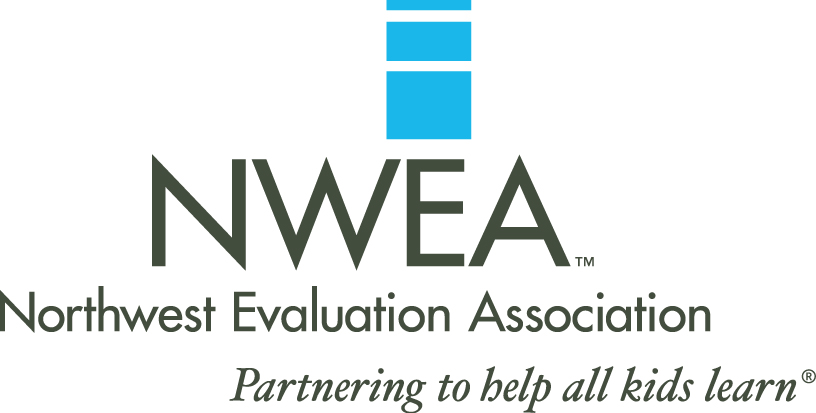The following post was contributed by Kathy Dyer, a Sr. Professional Development Content Specialist, Learning and Innovation for NWEA, designing and developing learning opportunities for district and school partners and internal staff. Follow her on Twitter at @kdyer13. To see additional ways assessments can make a powerful difference, download the eBook – Assessments with Integrity: How Assessment Can Inform Powerful Instruction. NWEA is a sponsor partner of NCEA.
Data is a powerful teaching tool! Assessment data, when put into the hands of teachers and school leaders to inform instructional decisions, is what gives assessment its power. Timeliness is key, as is structuring opportunities for application of the data.
Assessments that deliver data that can actually be used in real time to make a difference in education provide real opportunities for teachers and school leaders. Here are some examples of what teachers can do with actionable assessment data:
- Differentiate instruction by student readiness. Good interim assessment data lets teachers know exactly where each student is compared to their classmates and national-level peers. Such a proactive response allows a teacher to meet students within their zone of proximal development (ZPD), the optimal spot where instruction is most beneficial for each student—just beyond his or her current level of independent capability. The ZPD is not about a student’s ability to learn, but rather about what skills and understandings the student is ready to develop with targeted assistance or scaffolding. Actionable assessment data help teachers inform instructional decisions for flexible groupings; supporting differentiation based on student readiness.
- Set academic goals. Assessment results can help teachers work with students and parents to understand where each child is in her or his academic development, and what challenging yet achievable academic goals he or she should aim for. Including students in setting their academic goals is important. Teachers can use growth projection data and learning targets to develop individual academic learning goals with students. Going beyond the individual student level, teachers and school leaders can identify strengths and areas for improvement in specific content foci areas for classrooms and entire schools. Creating a data-centric school culture, engaging students and parents in the goal-setting process, and celebrating student progress will help instill a culture of goal setting that has a lasting impact.
- Evaluate programs and target professional development. Schools can use data to evaluate curricula and intervention programs, inform changes in instructional practice, and target professional development. Status and growth data can help identify what’s working and point to successful programs that can be scaled up. It helps answer questions like: Did the students in our new math program experience higher rates of growth than other students? Where do our teachers need to focus instructionally? What kind of professional development will assist our teachers in targeting areas of concern?
Assessments – and more importantly the data they provide – can be powerful tools for student learning. Using student growth data to inform instruction can be a valuable and efficient tool for driving students’ academic gains. When you make data actionable, you make assessment matter. To fully benefit from assessment, students and teachers need to use the data to invoke meaningful change. This keeps the focus on where it should be—on student learning.
